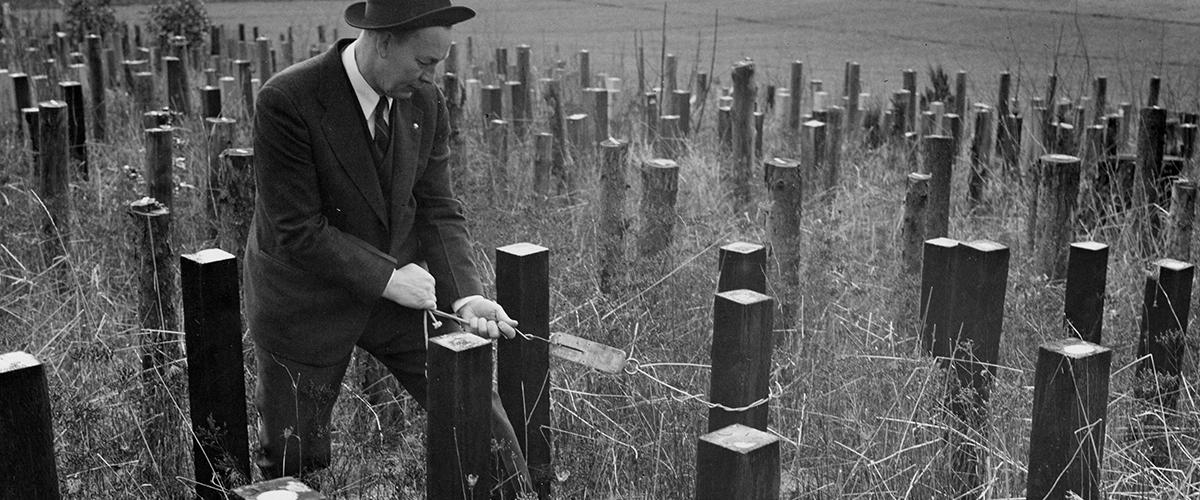Utilities and their suppliers deal with an ever-increasing array of challenges as a result of an aging infrastructure and a changing workforce. At the same time, utilities are being asked to enhance their systems to deal with alternative energy sources and the many challenges caused by a shift from traditional large-scale power plants to more distributed sources of power. The overhead transmission and distribution system will play an important role in these processes.
For decades, regulated utilities cooperated with regard to the development of new technologies and freely shared information. As utilities have deregulated and consolidated, this spirit of cooperation has evolved into a more cautious interaction. These changes reflect the shift to an environment where access to information might mean increased competitiveness, clearly illustrated by the developments at the Electric Power Research Institute (EPRI).
EPRI was a product of the 1970's, developed to forestall federal interference in how utilities performed research. For many years, EPRI funded specific research projects concerning the overall needs of utility companies. EPRI has gradually shifted to a menu-like series of target areas that utilities join. Utilities who are not members of that target group are locked out of receiving the information a particular group supports. Many utilities have elected to drop out of EPRI. While this helped conserve scarce capital, it also left utilities without the tools to assess new technologies and address critical issues within their systems.
Overshadowing these changes, however, is the fact that many utility functions are essentially similar regardless of the owner. An excellent example would be the maintenance of the wood poles and crossarms that support both the transmission and distribution systems. The value of the wood pole/crossarm plant in many utilities represents 50% or more of the total value of the system, a percentage that has increased as utilities divest their generating capacities. Although there are differences in wood performance on both a regional and wood species basis, the overall issues facing wood users are remarkably similar. In addition, the need to maintain a sound, reliable power grid implies that it is in a utility’s best interest to cooperate toward the development of economical solutions to problems experienced with the wood in their systems.
While EPRI represents one avenue for addressing wood issues, this organization generally takes a single-issue approach and limits the time frame under which it will support projects. In many cases, however, wood-related problems are more long-term in nature and the solutions may not fit neatly into a two-year framework.
One potential solution to address wood-related issues at utilities is to bring together the producers of treated wood poles/crossarms, the utilities who use them, and the contractors that help to maintain them to cooperatively address specific problems. The Oregon State University Utility Pole Research Cooperative (UPRC) was established in 1981 to do just that. Working under a single umbrella proposal, the UPRC addresses a series of utility-related wood pole issues. Some of these issues may be common to only a few utilities, while others are broader issues affecting all members. In addition, the UPRC attempts to look forward to identify solutions to impending problems.
The UPRC research plan functions in 5-year cycles and is divided into specific objectives, which are reevaluated and changed based on project completion or cooperator needs. The 12 current objectives for the 2017 to 2021 cycle are:
I. Develop improved treatments to prevent internal decay in utility poles.
II. Develop methods to prevent decay in field-drilled bolt holes.
III. Evaluate external barriers, preservative pastes, and bandages.
IV. Improve specifications of wood poles.
V. Evaluate the capability of non-destructive pole inspection devices.
VI. Assess the performance of topical fire retardants under field conditions.
VII. Assess the potential for preservative migration from poles in storage and in service.
VIII. Identify methods to effectively recycle utility poles and crossarms after their service life.
IX. Develop readily accessible information on various aspects of wood pole management.
X. Develop information on aboveground issues in aging utility structures and identify solutions.
XI. Assess the benefits of maintenance decisions over multiple inspection cycles.
XII. Assess the effects of solvent additives on preservative performance.
